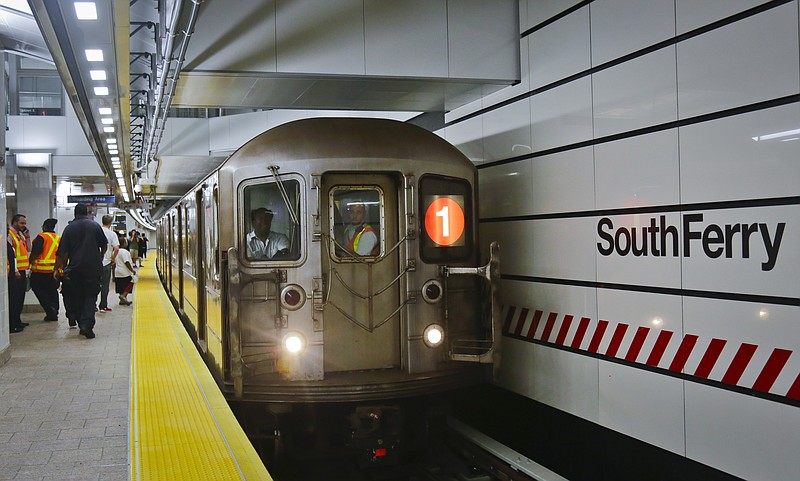NEW YORK (AP) — When it comes to the New York City subways, there’s no such thing as ladies and gentlemen.
Conductors on subway trains have been told to stop addressing passengers as “ladies and gentlemen” when making announcements about delays, detours or other things, and instead use the gender-neutral terms “passengers,” “riders,” and “everyone.”
The new train announcement scripts are part of an effort by the Metropolitan Transportation Authority to improve communication with passengers frustrated with having to deal with a system troubled with delays, mechanical failures and even derailments. Conductors have also been instructed to give subway riders more information about delays, departing from a longtime practice of making sparse announcements that sometimes obscure the real reason a train isn’t moving.
A lack of straightforward info, officials said, can leave passengers wondering if they should ride it out, transfer trains or get out and hail a cab.
“I have been in situations where they said it’ll be moving shortly or momentarily,” subway passenger Judith Mosh said as she waited for a train in a Manhattan station. “Sometimes momentarily means two minutes, sometimes it means 20 minutes.”
Knowing if a delay was likely to last could help riders make alternative plans, she said.
The new scripts were detailed in a bulletin sent out to all train service personnel earlier this month and are the first substantial change to the “blue book,” which governs how to communicate with riders, in almost 30 years, MTA spokesman Jon Weinstein said.
The first part covered the greetings used for passengers, replacing “ladies and gentlemen” with the other neutral phrases, which follows a similar step taken by the London Underground over the summer.
Inclusiveness was a factor in the change, as was a desire to try out some other greetings, Weinstein said. The usage will still be heard in recorded announcements until they are all phased out, he said.
In a segment on delays, the bulletin tells conductors to give “as much information as is appropriate and in very plain language,” which includes giving reasons for the delay and estimates for how long it will last, if the conductor knows.

